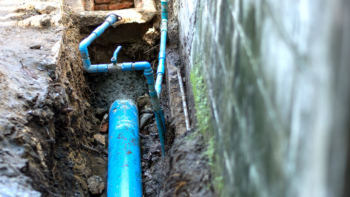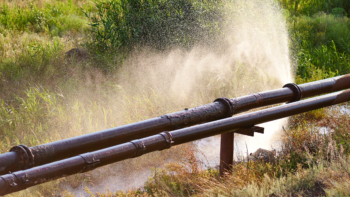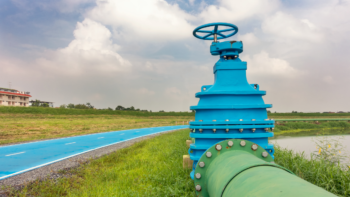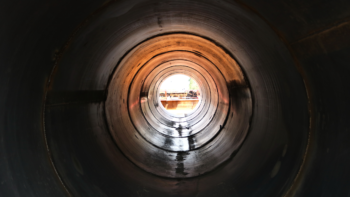Boosting the market for pipe lining solutions in the UK
There are approximately 300,000 kilometres of mains in the UK, enough to travel around the world 7.5 times. Open cut repair to pipes often require extensive disruption to customers, which is expensive. Yorkshire Water is collaborating with six other water companies to deliver the aspirational Designer Liner project to help increase the lifespan of pipes and reduce leakage. This project is being supported by RPS and Isle Utilities.
Pipe lining works in a couple of ways: when an old pipe that could potentially fail is identified, ‘pipe bursting’ can be used – this means literally putting a new pipe into an old pipe and bursting the old one. Alternatively, a pipe that still has a reasonable asset lifespan left, but just needs some help to address leakage or increase its longevity, can be spray lined. The solutions that exist in the UK at the moment are fit for a 20th century network but aren’t adapted to the challenges and demands of an evolving 21st century water network.
Lining companies find it difficult to invest in product development as they don’t have a clear understanding of the scale of the UK market. In addition, new solutions require testing and sign-off by multiple authorities and this long and expensive process means the market is at risk of stagnating. Designer Liner will explore the global lining market and identify if there are products available around the world that we could be using in the UK. If not, the project aims to create a design specification for a new lining solution so that as an industry, it is clear what needs to be produced.
Good lining solutions will almost always be cheaper and more environmentally friendly than open cut repairs, using approximately a third less carbon compared to digging up roads to replace old pipes with new. But to be effective the sector must be certain that any new solution meets the needs of the UK market and has a long lifespan. There’s a lot of interest in lining, from other water companies to supply chain to academics and industry bodies, so addressing this challenge would be mutually beneficial. If all these actors come together and contribute their knowledge and expertise, there is real potential to develop a radical solution to one of the sector’s biggest problems.





